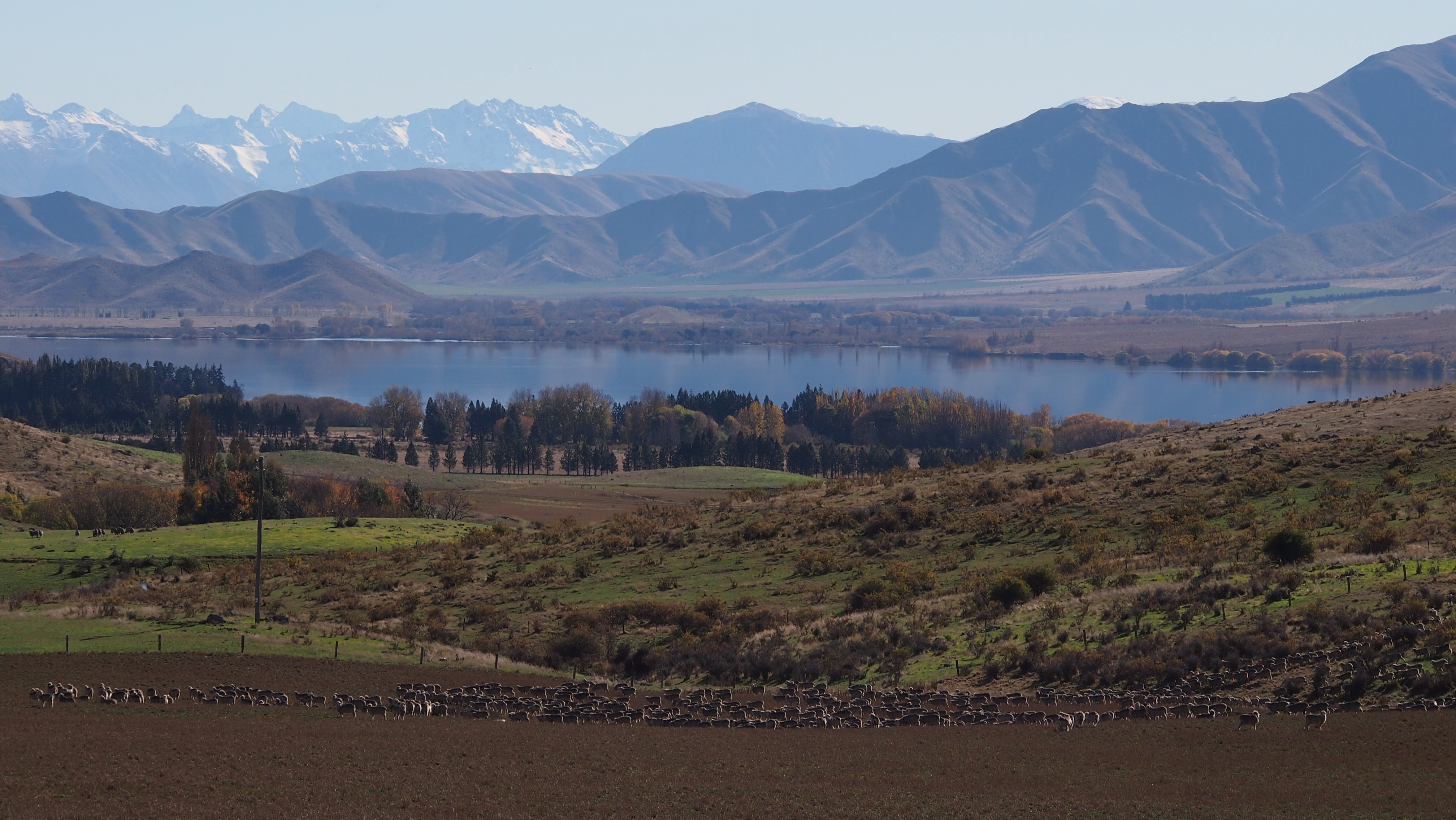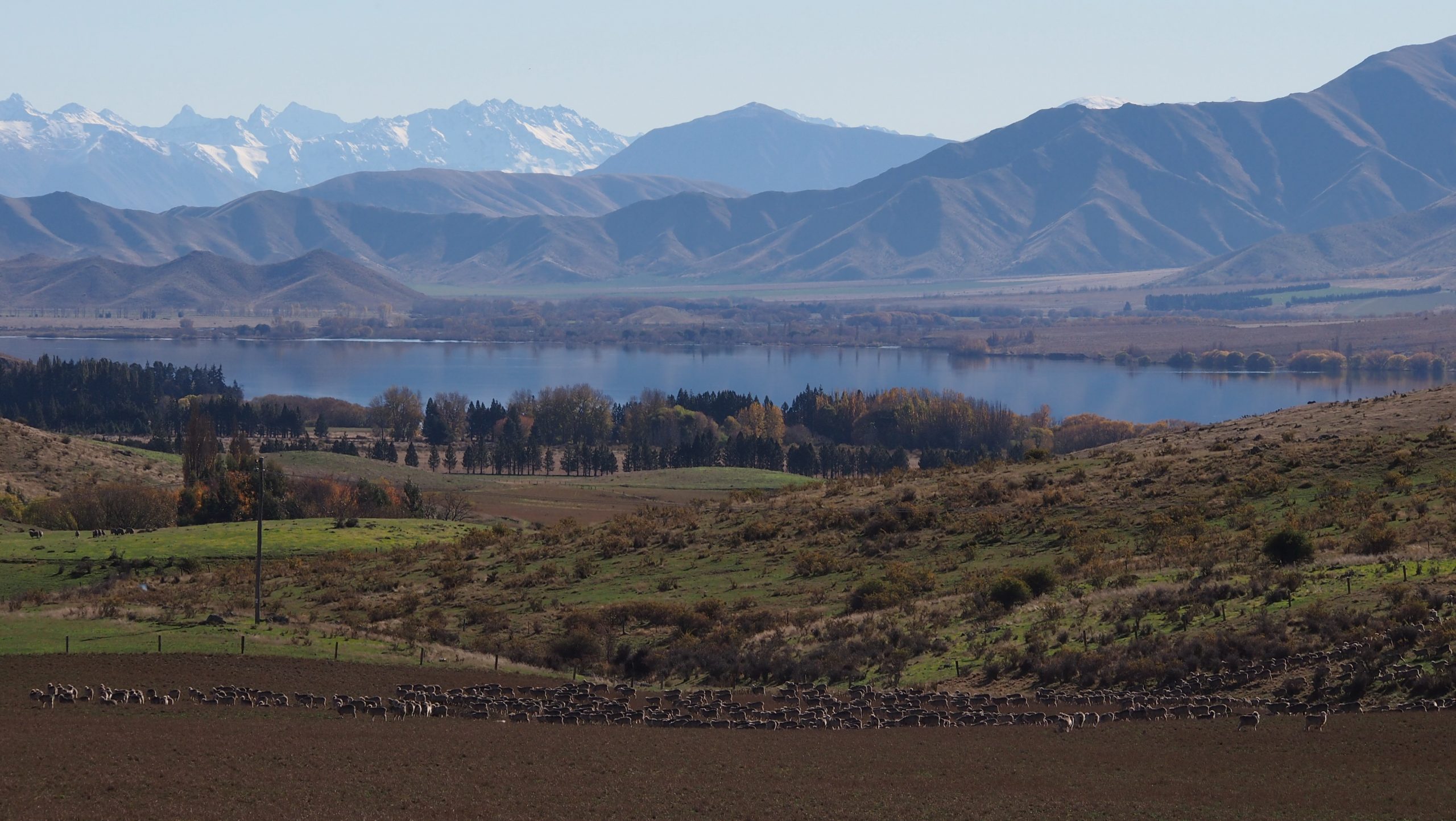Well its been a while since the last blog – between farming commitments, a field day and children, days morph into weeks, which morph in months, and before you know it, there’s snow on the hills and the shorts have been pushed to the back of the drawers until next summer!

We’ve just had a Queens Birthday weekend full of wild weather – gale force winds (which saw the new trampoline up on the hill, totally buggered) and torrential rain (70ml overnight), which got me thinking this morning how lucky we were the fertiliser didn’t go on last week, or else it would now most likely be in Lake Benmore.
This is the time of the year we get into maintenance mode – all soil testing was carried out several weeks ago, and we sat down with Dan our fertiliser rep last week to organise our annual requirements – for both paddock maintenance and intended crops.
We have historically applied our fertiliser in the winter – the ground is normally frozen, so the trucks can get around, and it’s all on before lambing (being an old fertiliser rep, I always cringe when I see aeroplanes applying fertiliser above ewes set stocked for lambing!). However, that’s about to change. We have recently been renewing our water rights, and part of the new conditions requires us to avoid applying fertiliser during the ‘high risk’ months of June, July and August. So we have changed our plans for next year, with soil testing planned for April so we can apply the fertiliser in May.
Since changing our lucerne management over the past few years, the maintenance requirements of the paddocks has changed dramatically. Historically when cutting the paddocks for baleage, we had to apply dressings post cuts that contained potassium, and again, given my fertiliser rep background, wasn’t shy to apply. Wow – since ceasing cutting and now mainly grazing, our fertiliser requirements have plummeted. No potassium has meant a huge dollar saving, also the paddocks are in better order and growing more. In hind sight I don’t think we were applying enough after cutting – and we did follow the book for amounts, i.e.:
- calculating how many tonnes of dry matter were removed
- translating into how many kilograms of nutrients were removed
Yet it still wasn’t enough! It’s been quite the lesson – as there were a few paddocks we thought were running out, but that hasn’t been the case at all – we just weren’t looking after them properly. I cringe to think of what could have happened – going through a costly renewal process, when it was actually a case of getting the gorse out of our pockets and upping the rate of fertiliser!
Never mind – lesson learnt for those silage paddocks remaining. Now we can enjoy the much simpler (and much less costly) maintenance programme for a grazing system!
